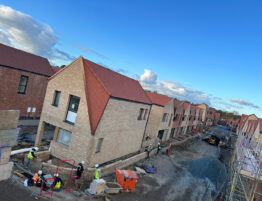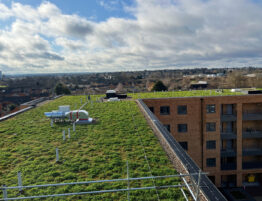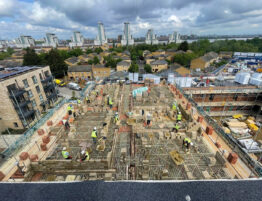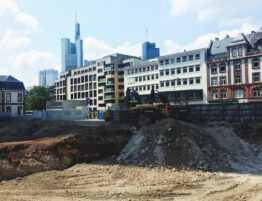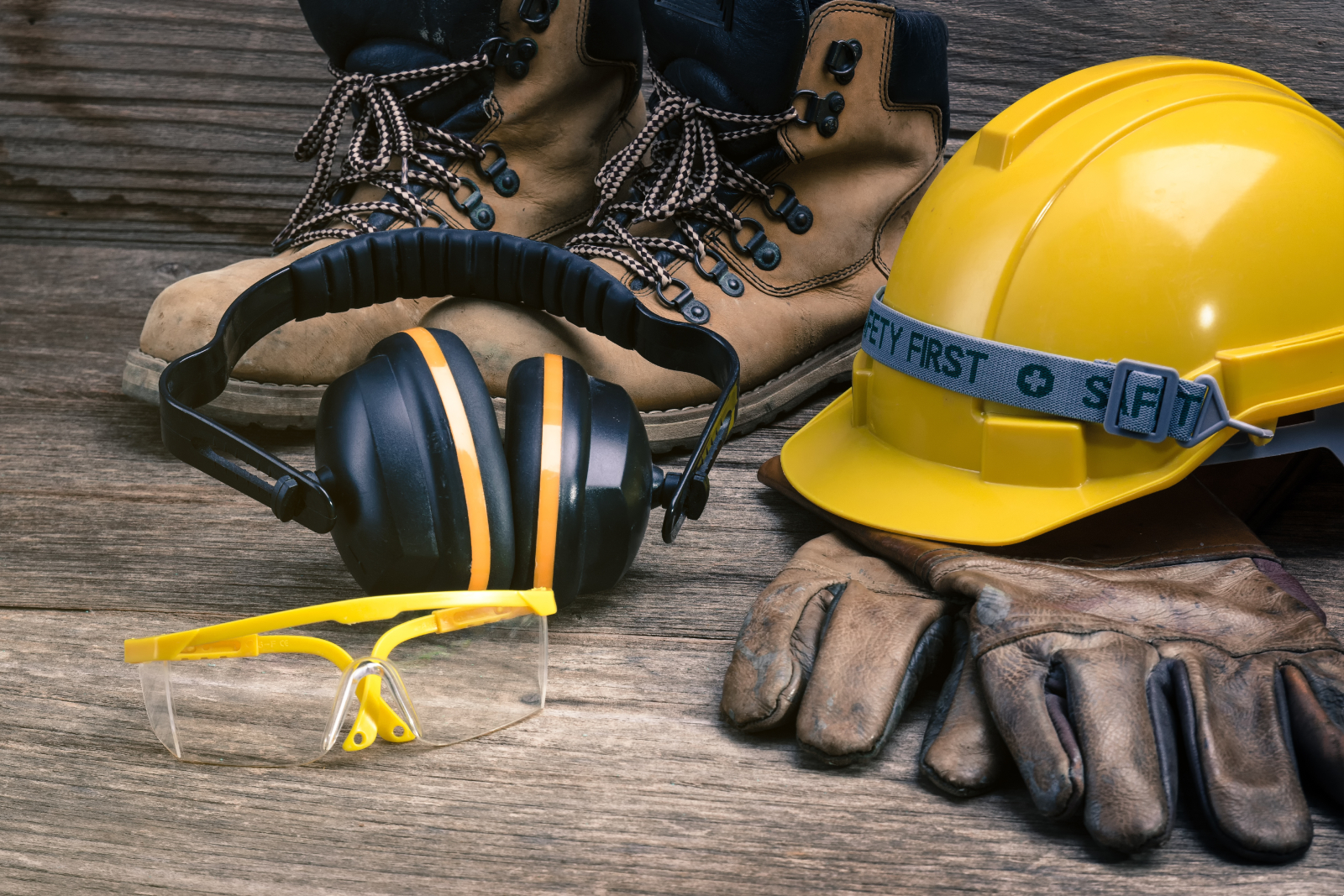
Over the past two years, the term PPE has become a big part of our everyday language, most often associated with the kind of face coverings we’ve all used during the coronavirus pandemic.
But, now that COVID seems to have moved out of the media spotlight, perhaps it’s a good time to remember that PPE (personal protective equipment) has always meant much more to the construction industry.
In this week’s blog, we’re looking at five key areas of the body that especially require protection (head, face/eyes, ears, hands and feet) and sharing some tips on how to select and properly use the necessary PPE.
Head
We all know that anyone entering a construction site should wear a hard hat at all times – this is vital in protecting the head from falling/ flying objects, striking injuries and also from electric shocks. Whilst this seems like a really simple piece of PPE, there are still right and wrong ways to wear a hard hat.
DO:
- Follow the manufacturer’s instructions for adjusting the hat so that you have a secure and comfortable fit.
- Check the manufacturer’s recommendations if you planning to add stickers to the hat.
- Use a winter liner or cooling headwear with your hard hat but only if it doesn’t interfere with the suspension bands or affect the way the hat fits.
- Inspect your hat for damage like cracks or dents before each use and discard it if any damage is found.
DON’T:
- Place anything inside the hard hat while wearing it as this could compromise the gap between the shell and the suspension.
- Use paint on your hard hat (unless the manufacturer’s directions state this is allowed).
- Wear baseball style caps under the hard hat.
- Wear the hat backwards (unless the suspension can be reversed).
- Continue to wear a hat that is damaged.
Face/ Eyes
Face and eye protection includes face masks, safety goggles and safety glasses. These are important pieces of PPE which protect workers from hazards like flying particles, light radiation, molten metal, acids, caustic liquids, chemical gases/liquids and vapours. Key points to remember are:
- When selecting these types of PPE, ensure they are suitable for the hazards they are designed to avoid, fit snugly, are comfortable to wear and do not interfere with the worker’s movement.
- Protective eyewear should be durable and cleanable.
- Any worker with an eyesight prescription should either have this incorporated into the eye protection itself or make sure the chosen eye protection can be worn over prescription lenses.
- Workers who carry out welding should check that the eye protection has the correct filter lens shade number (based on the type of welding).
Ears
Construction sites must take several measures which protect the hearing of workers, including things like selecting quieter processes, adopting engineering controls, creating noise barriers and using noise absorbing materials.
Hearing protection like earmuffs and earplugs should not be an alternative to these measures but can be used when extra protection is needed above what has been achieved using noise control methods or as a short-term measure while other methods are being developed.
DO:
- Ensure the protectors give enough protection – aim to get below 85 dB at the ear.
- Target the use of protectors to the noisy tasks and jobs in a working day.
- Select protectors which are suitable for the working environment – consider how comfortable and hygienic they are.
- Think about how they will be worn with other protective equipment (e.g. hard hats, dust masks and eye protection).
- Make sure that hearing protection works effectively and carry out checks to ensure it remains in good, clean condition and that there is no damage.
DON’T:
- Use protectors which cut out too much noise as this can cause isolation or lead to an unwillingness to wear them. Protectors that reduce the level at the ear to below 70 dB should be avoided as such over-protection may cause difficulties with communication and hearing warning signals.
- Carry out any unofficial modifications to the ear protection.
- Have a ‘blanket’ approach to hearing protection – it is better to target its use and only encourage people to wear it when they need to.
Hands
On a construction site, gloves are designed to help workers avoid a number of different hazards. There are gloves to protect against cuts/ lacerations, gloves for welding, heavy duty gloves for dealing with concrete, insulated gloves for electrical work and chemical-resistant gloves to protect against burns.It’s important therefore to select the right kind of glove for the job and then make sure it fits snugly/ comfortably. It’s also crucial that the glove doesn’t interfere with movement in the fingers as otherwise people may be tempted to remove the glove in order to carry out their work.
Feet
Finally we come to footwear and on a construction site that usually means steel-toed or composite-toed boots, both of which offer workers a high level of protection from any item that may drop on their foot.
While the steel-toed option can provide a bit more protection, composite-toed boots are lighter and because they don’t conduct heat or electricity, they can be more suitable for those working in extreme heat or cold temperatures and for those carrying out electrical work.
As with every other type of PPE, make sure to choose a boot that fits comfortably and look for features like slip and puncture resistance.
The last line of defence
Every construction site has to put in place a great many control measures to keep workers free from accident/ injury. However, when those measures fail or it’s not possible to implement total control, PPE steps in as the last line of defence.
Select your PPE appropriately, make sure it fits well, ensure it enables tasks to be carried out effectively, follow the manufacturer’s guidance and always inspect it’s condition before use.
Let us know if you have any other PPE safety tips. Comment over on our Facebook or LinkedIn pages.
21.04.2022
Feature image: Love Silhouette/Shutterstock.com


